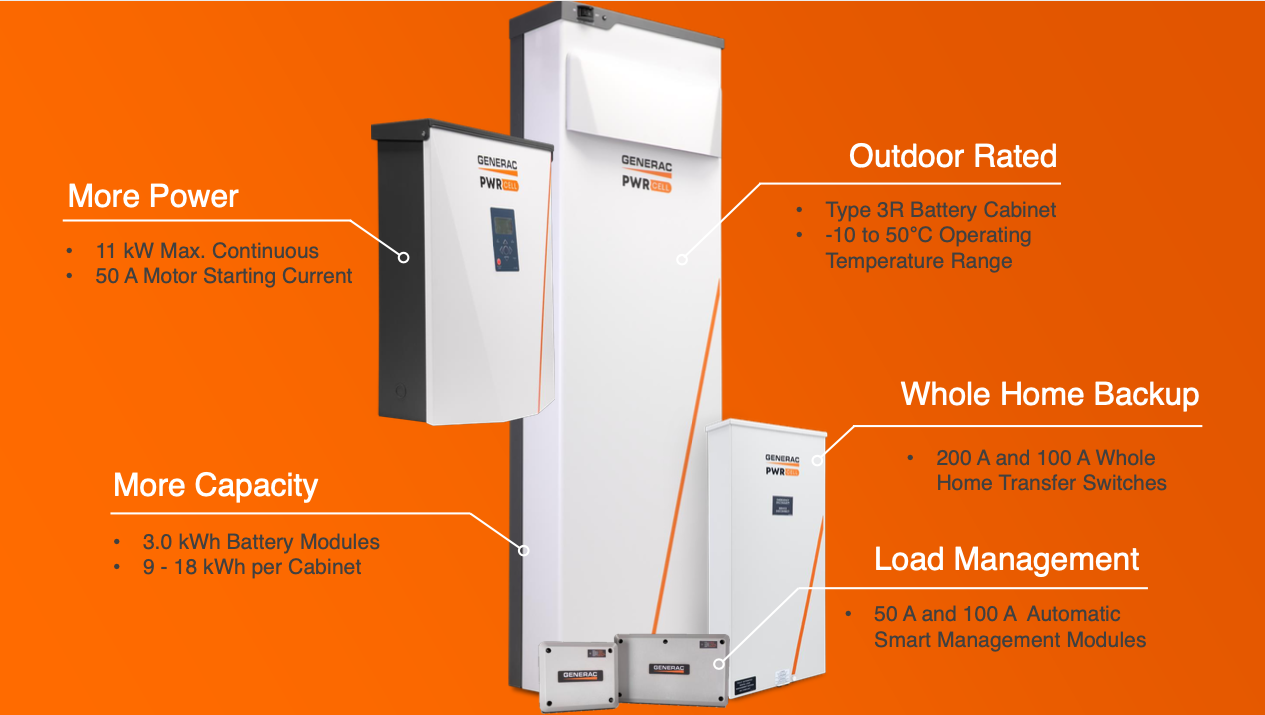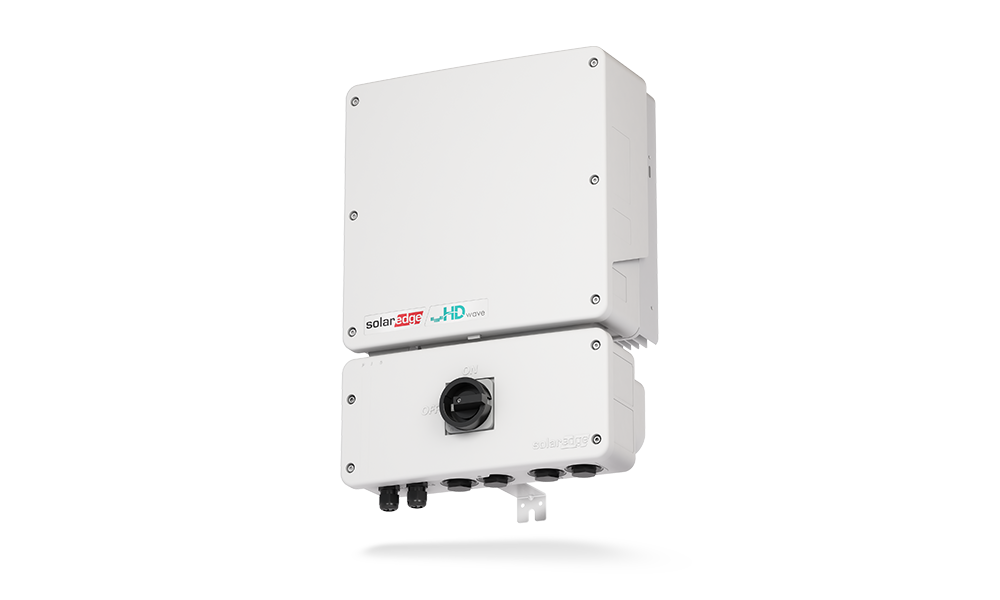
In December of 2022, the California Public Utilities Commission voted unanimously to alter the rules regarding net metering for customers with rooftop solar systems. Net metering requires utility companies to pay customers for the excess energy those solar arrays send back to the grid. It is the thing that drove sales of rooftop solar starting more than a decade ago. Slap a rooftop system on your house, send some of the electricity it generates to the grid, and use the money the utility company pays you for it to offset some (or all) of the cost of the system. Everybody wins!
But the solar landscape has changed over the past 10 years. Utility companies now get so much solar power during the day — especially between noon and 4 pm — that they can’t use it all. They don’t want to have to pay for electrons that end up being given away, a process known as “curtailment.” What they need is more renewable energy after the sun sets, and that requires batteries to store electricity during the day so it can be used later when demand is high.
The new net metering rules, known as Net Energy Metering 3.0, went into effect on April 15, 2023, much to the consternation of the residential solar industry and consumers. They asked the CPUC to reconsider their policy, but the commission declined to do so. It claims the new net metering rules will increase grid reliability and benefit low-income ratepayers through new incentives. According to energy analysts at Wood Mackenzie, the solar payback period in California will shift from 5–6 years to 14–15 years as a result of NEM 3.0.
This week, the magazine POWER published an interview with Amir Cohen, the general manager of SolarEdge Technologies. He points out that similar changes in Europe recently did in fact see a decline in new rooftop solar installations, until people came to understand how adding a residential storage battery could benefit them economically.
“If energy becomes more expensive to buy than it is profitable to sell, it is more cost effective to store your energy for personal use when the sun goes down. What you get is net metering market shifting to a self-consumption market, in which solar plus storage becomes the norm,” he says.
Cohen says after Germany amended its net metering rules in January 2021, home battery installations increased from being part of 38% of new rooftop solar installations to being part of 70% — a change that has proven profitable for solar installers in that country.
He points out that while adding a storage battery increases the cost of a solar system, new incentives offered by the Inflation Reduction Act in the US could offset some of the extra costs. The IRA rebates for energy efficiency retrofits are up to $4,000 for single-family homes and up to $400,000 for multifamily buildings, which should help take some of the sting out of the new NEM 3.0 rules.
Cohen explains that energy storage is vital under NEM 3.0 rules because export rates for solar energy will differ from hour to hour. That can make it difficult to determine the revenue homeowners can generate by selling energy back to the grid. On average, homeowners will receive about 5 cents per kWh. But — and this is a big “but” — during September between 6:00 pm and 8:00 pm, the rate will increase to $3.00/kWh. If a homeowner has excess electricity to sell during that time, the potential reward is up to $850 for the month.
Not All Batteries Are The Same
Cohen advises that product selection is key to maximizing this potential benefit. Some battery systems use algorithms that ensure the battery is fully charged prior to those times so homeowners can get the maximum benefit.
There are also two distinct kinds of storage batteries — those that are DC coupled and those that are AC coupled. Cohen suggests that a DC-coupled battery provides the highest efficiency energy storage by eliminating what is known as the “triple conversion penalty,” because there are two fewer power conversions required than with an AC-coupled battery. That can result in an additional 10 days of saved energy per year, he says.
Unlike AC-coupled batteries, DC batteries do not require additional breakers to be installed in the home’s load center, which in the vast majority of cases removes the need for a main panel upgrade. Such upgrades can be expensive for the homeowner and are extremely time consuming for installers. Reducing the time it takes to complete each project means installers can move on to the next one much quicker, which is great news for their bottom line, Cohen says.
Another consideration for reducing the cost of a battery installation is to choose one that has wireless communication and an intuitive installer application built in. This allows commissioning of a new battery to take place while the rest of the installation is going on. Without those features, commissioning a new battery can take up to a day — time that has to be paid for by the homeowner.
Net Metering 3.0 Encourages Load Shifting
The new NEM 3.0 rules encourage homeowners to make use of load-shifting strategies, such as scheduling heavier electrical loads for charging an electric vehicle or operating heat pumps, pool pumps, and air conditioners for times when solar production is at its highest. Therefore, a complete end-to-end smart energy management system within the home that automates this process will become a major selling point under NEM 3.0.
EV owners will notice that the old paradigm of charging their electric car overnight is now not always the best strategy, unless it can be completed between the hours of midnight and 6 am when utility rates are lowest. Because of the “duck curve” created by massive amounts of solar during the day, utility rates are now typically highest between 4 pm and 10 pm. If homeowners can charge their EV midday, they will have more electricity to sell back to the grid when the utility companies need it most and are willing to pay the highest price for it.
Some consumers may not be interested in selling electricity back to the grid. They are focused on powering their homes with sunlight most of the time. For those customers, Cohen recommends installing larger rooftop solar systems and purchasing a storage battery that does not connect to the grid at all. Such batteries can cost nearly 40% less due to reduced equipment and installation costs.
Net Metering & Solar In California
“While there’s no doubt the NEM 3.0 regulations will bring about a major change for the Californian solar market, it presents a huge opportunity for homeowners, installers, and the market in general,” Cohen says. “As we’ve seen in other self-consumption markets that have experienced a similar shift, sales may dip in the short term, but this will be followed by a resurgence in demand driven by solar plus storage installations. The emerging market will be more mature, stronger, and resilient, and for installers who understand how to best implement batteries into their sales mix, they will be well positioned to become more profitable than ever.”
The Takeaway
The NEM 3.0 net metering rules have created a storm of controversy in California. [Note: they only apply to the state’s three investor-owned utilities.] But the takeaway seems to be that they create a new dynamic between the utility customers and the companies, one that strongly encourages homeowners to consider adding battery storage to any rooftop solar system.
The key is to be ready, willing, and able to sell electricity back to the grid when the utility companies need it, not when they don’t. If the compensation paid between 6 pm and 8 pm seems high, it is because it relieves the companies of the need to purchase and install their own storage batteries. For others, it allows them to generate, store, and use their own electricity, which can eliminate most of their monthly utility bill with the exception of the connection charges that everyone pays.
Either way, the changes are an attempt to make the grid more resilient, which is to everyone’s benefit as changes in the environment introduce new stresses on the electrical generation and distribution system. The new system isn’t necessarily any better or worse, but it is different. Based on the experience of other countries, it may turn out to be a benefit to the vast majority of people affected by the new rules.
I don’t like paywalls. You don’t like paywalls. Who likes paywalls? Here at CleanTechnica, we implemented a limited paywall for a while, but it always felt wrong — and it was always tough to decide what we should put behind there. In theory, your most exclusive and best content goes behind a paywall. But then fewer people read it! We just don’t like paywalls, and so we’ve decided to ditch ours. Unfortunately, the media business is still a tough, cut-throat business with tiny margins. It’s a never-ending Olympic challenge to stay above water or even perhaps — gasp — grow. So …





